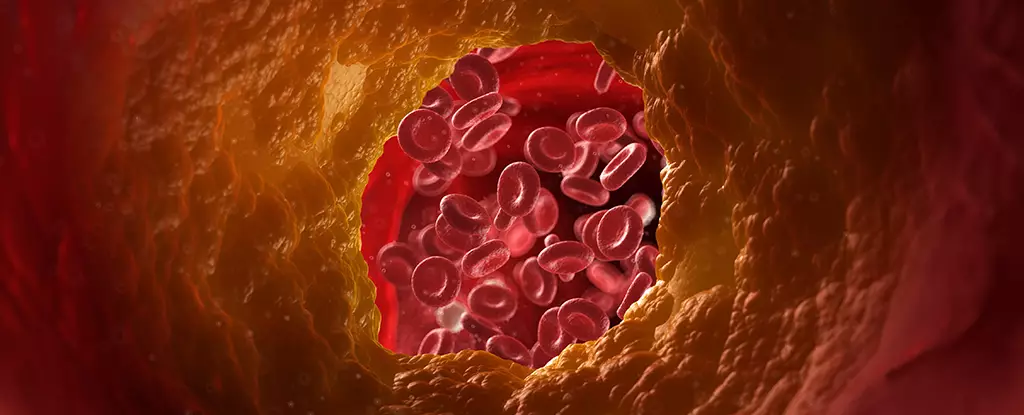Atherosclerosis, characterized by the accumulation of plaques within arterial walls, poses a significant threat to cardiovascular health worldwide. This condition not only thickens and stiffens artery walls but also drastically increases the risk of heart attacks and stroke—two of the leading causes of mortality globally. In response to this pressing health concern, an innovative approach employing carbon nanoparticles has emerged, showing promising results in reducing plaques and inflammation within blood vessels.
Understanding the nuances of atherosclerosis is essential for developing effective interventions. The condition results from a complex interplay of factors, including high cholesterol levels, inflammation, and the presence of dead or damaged cells. These elements converge to form fatty deposits that incrementally clog arteries, compromising blood flow and overall health. Current medical strategies—primarily centered around lifestyle modifications and medications—aim to manage these risk factors, yet they often fall short of directly reversing the damage already inflicted by plaque formation.
The introduction of carbon nanoparticles offers a novel and targeted solution. These minute particles, significantly smaller than a human hair, can be engineered to deliver drugs that activate specific immune responses aimed at clearing debris from arterial walls. This technique is cutting-edge in its precise targeting capabilities and is supported by emerging research indicating its effectiveness in animal models such as pigs.
Recent studies, led by teams from Michigan State University and Stanford University, have unveiled the remarkable potential of these nanoparticles in animal trials. Utilizing positron-emission tomography (PET) scans as a monitoring tool, researchers confirmed a noticeable reduction in arterial plaques following the nanoparticle treatment. The PET scans not only tracked decreases in plaque accumulation but also indicated significant reductions in inflammation, which is a crucial aspect of atherosclerosis pathology.
Such promising results can be attributed to the nanoparticles’ ability to enhance a process known as efferocytosis. This biological function is responsible for the removal of dead or damaged cells that contribute to plaque buildup. Over time, the body’s natural efferocytosis mechanisms can become overwhelmed, allowing atherosclerosis to progress unchecked. Boosting this natural process through targeted nanoparticle delivery could, therefore, represent a paradigm shift in how cardiovascular disease is treated.
Noteworthy is the capacity for scaling up this nanoparticle delivery system for use in larger animal models and potentially, humans. Researchers have confirmed that the nanoparticles can be produced in quantities sufficient for effective treatment, marking a crucial step towards clinical applications. This advancement is complemented by findings that the therapy did not produce collateral damage to healthy arterial cells—a common concern with many targeted therapies. According to biomedical engineer Bryan Smith, the absence of anticipated side effects is indicative of the treatment’s precision.
The implications of this research transcend mere theoretical discussions; they signal a tangible path toward more effective interventions for atherosclerosis. If clinical trials in humans yield similar results, such treatments could revolutionize cardiovascular care and significantly alter the landscape of preventive and rehabilitative strategies.
As the research team sets its sights on transitioning to human clinical trials, the prospects for the utilization of carbon nanoparticles in treating cardiovascular disease are increasingly optimistic. The integration of novel biomedical technologies, such as this targeted therapy, aligns with ongoing efforts to enhance patient outcomes in the face of chronic conditions like atherosclerosis.
Nonetheless, while excitement builds around these advancements, it is essential to remain mindful of the multifactorial nature of cardiovascular health. Lifestyle changes—such as adopting healthier diets and increasing physical activity—continue to play vital roles in prevention strategies. Therefore, while innovations like carbon nanoparticles may offer groundbreaking treatments, a comprehensive approach combining both technology and lifestyle adjustments is necessary for optimal heart health management.
The promising early research surrounding carbon nanoparticles in combating atherosclerosis not only highlights the potential for significant health advancements but also reinforces the urgent necessity for ongoing research and clinical application in this vital area of cardiovascular health.


Leave a Reply